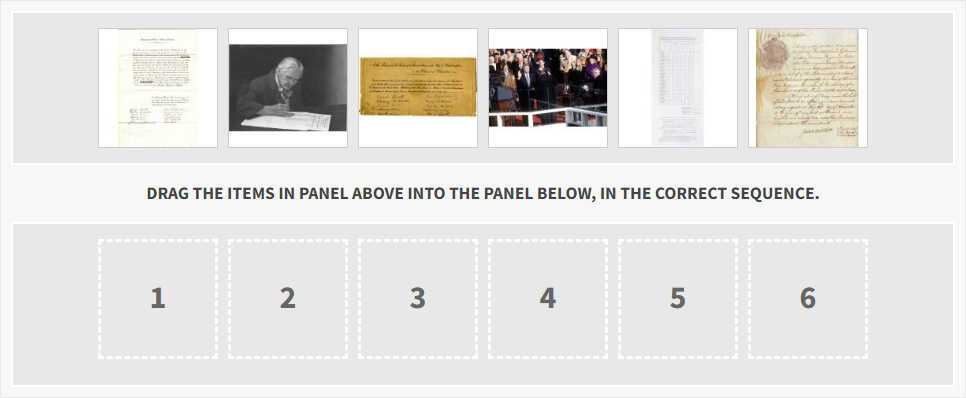The Electoral College Process
Finding a Sequence

About this Activity
- Created by:National Archives Education Team
- Historical Era:Across Eras: Civics & Government
- Thinking Skill:Historical Analysis & Interpretation
- Bloom's Taxonomy:Analyzing
- Grade Level:High School
In this activity, students will learn the steps in the Electoral College process, from Election Day to Inauguration Day. They will analyze historical primary sources from various Presidential elections, each representing a different step in the process, and arrange them in the correct sequence.
https://www.docsteach.org/activities/student/what-is-the-electoral-college



